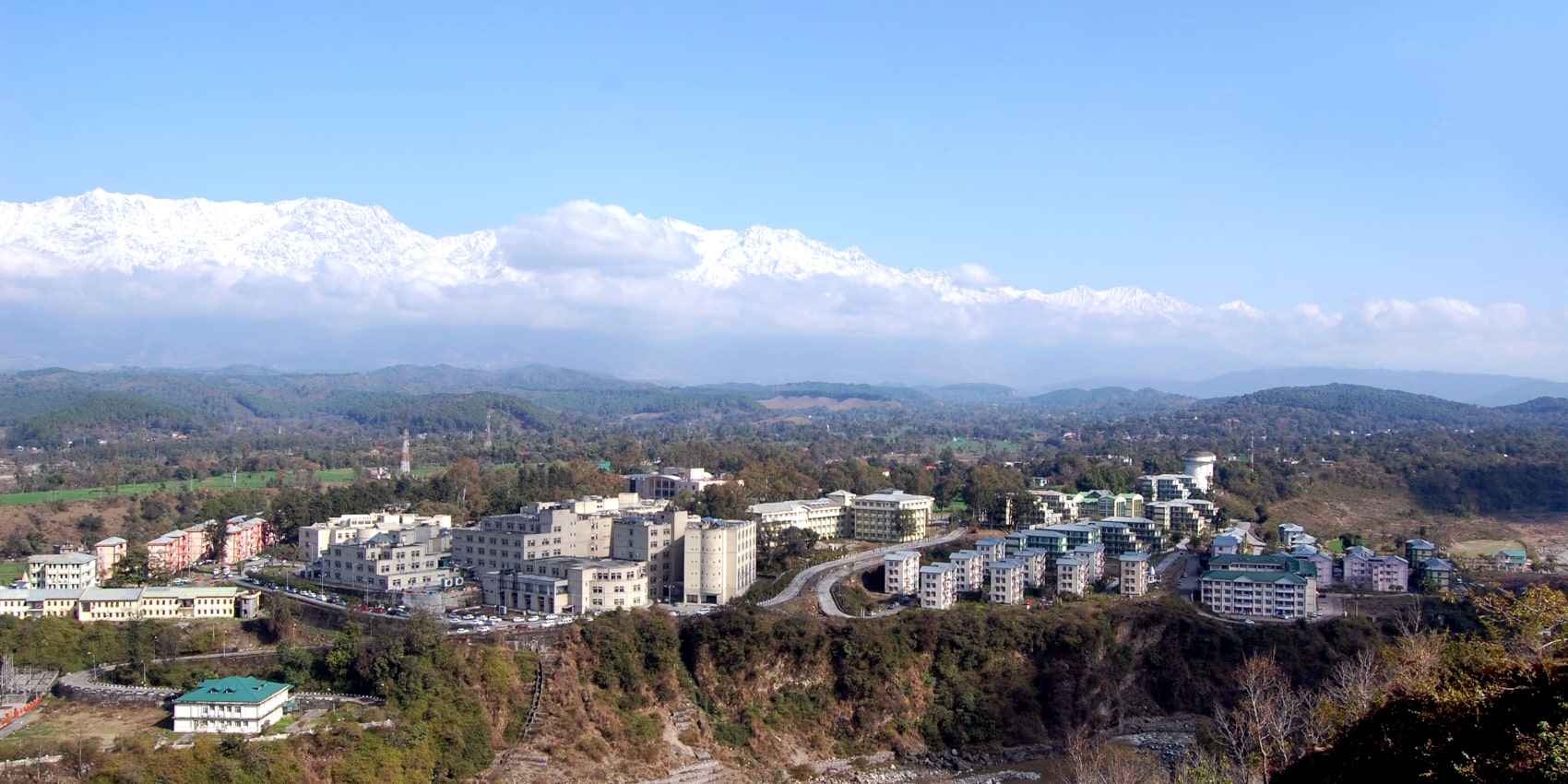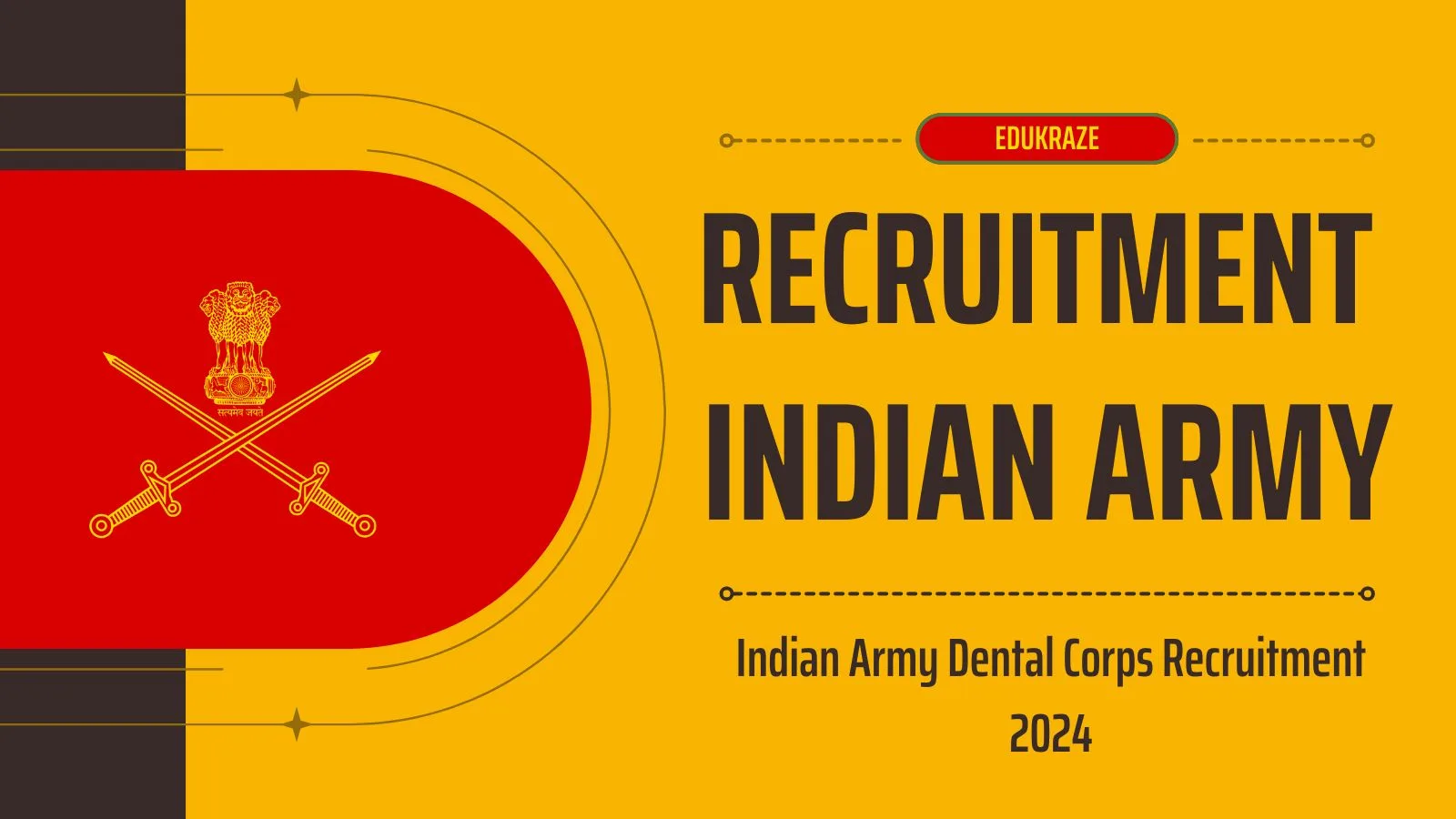Explore the significance of South-South cooperation, its objectives, history, and the pivotal role played by the United Nations Office for South-South Cooperation (UNOSSC) in achieving the Sustainable Development Goals (SDGs) by 2030.
International Day for South-South Cooperation
Solidarity, Equity, and Partnership: Unlocking International Day for South-South Cooperation to Achieve the SDGs
On September 12, 2023, the world will come together to celebrate the International Day for South-South Cooperation. This day signifies a global commitment to solidarity, equity, and partnership among countries in the Southern Hemisphere, working collectively to achieve the Sustainable Development Goals (SDGs) by 2030. In this article, we will explore the significance of South-South cooperation, its objectives, history, and the pivotal role played by the United Nations Office for South-South Cooperation (UNOSSC).
Understanding South-South Cooperation
What is South-South Cooperation?
South-South cooperation is a collaborative framework that involves countries in the global South working together in various domains, including politics, economics, social development, culture, the environment, and technology. It can take place on bilateral, regional, intraregional, or interregional levels and aims to address development challenges through shared knowledge, skills, expertise, and resources.
Triangular Cooperation
Another essential aspect of South-South cooperation is triangular cooperation, where traditional donor countries and multilateral organizations support South-South initiatives by providing funding, training, management, and technological systems.
Objectives of South-South Cooperation
The primary objectives of South-South Cooperation are:
- Fostering Self-Reliance: Developing countries aim to enhance their creative capacity and technological capabilities to find solutions to their development problems independently.
- Strengthening Collective Self-Reliance: Collaboration among developing countries leads to a greater understanding of common problems and wider access to shared knowledge and resources.
- Support for Vulnerable Nations: South-South Cooperation addresses the needs of the least developed countries, landlocked developing countries, small island developing states, and countries severely affected by natural disasters and crises.
The Role of UNOSSC
The United Nations Office for South-South Cooperation (UNOSSC) was established in 1974 to promote, coordinate, and support South-South and triangular cooperation globally. UNOSSC assists countries in designing and implementing cooperation policies and initiatives by sharing successful development solutions generated by Southern countries.
The South-South Galaxy
Launched in 2019, the “South-South Galaxy” is a knowledge-sharing and partnership platform that connects countries in the South, enabling them to collaborate with potential partners in the digital world effectively.
The Impact of South-South Cooperation
- Global Growth: Southern countries have contributed significantly to more than half of the world’s recent economic growth.
- Intra-South Trade: Intra-South trade now accounts for more than a quarter of all world trade.
- Foreign Direct Investment: Southern countries’ outflows of foreign direct investment represent a third of global flows.
Historical Perspective
Over the past two decades, the world has witnessed rapid economic and political transformations, particularly in the South. Relationships within and between Southern and Northern countries have evolved significantly, addressing global issues such as the environment, climate change, energy, food security, and migration.
Many Southern countries have developed substantial financial and technical capacities, allowing them to transfer resources, both concessional and non-concessional, to other Southern nations. This inclusive approach to global problem-solving aligns with the 2030 Agenda for Sustainable Development.
UN’s Role in South-South Cooperation
The United Nations’ involvement in South-South cooperation dates back to 1949, with the establishment of the first UN technical aid program. The creation of the United Nations Development Programme (UNDP) in 1965 further facilitated cooperation among developing countries. In 1974, the United Nations General Assembly endorsed the establishment of the United Nations Office for South-South Cooperation (UNOSSC), solidifying its role in coordinating South-South and triangular cooperation within the UN system.
Milestones in South-South Cooperation
- In 1978, the Global South conference on Technical Cooperation among Developing Countries (TCDC) in Buenos Aires resulted in the Buenos Aires Plan of Action (BAPA).
- In 2009, the High-level UN Conference on South-South Cooperation in Nairobi emphasized the roles of national governments, regional entities, and UN agencies in supporting South-South and triangular cooperation.
- In 2019, the second high-level United Nations conference on South-South cooperation (BAPA+40) marked the fortieth anniversary of the Buenos Aires Plan of Action. World leaders reaffirmed their commitment to greater South-South cooperation for sustainable development.
Conclusion
South-South cooperation represents a powerful mechanism for countries in the global South to collaborate, share knowledge, and collectively address development challenges. With the UNOSSC as a key facilitator and the South-South Galaxy as a digital platform for knowledge exchange, this form of cooperation is poised to play an increasingly vital role in achieving the SDGs and promoting global equity.
Also Read International Day to Protect Education from Attack
FAQs for International Day for South-South Cooperation
What is the International Day for South-South Cooperation?
The International Day for South-South Cooperation is celebrated on September 12th each year, highlighting the solidarity, equity, and partnership among countries in the Southern Hemisphere.
How does South-South cooperation contribute to global development?
South-South cooperation allows countries in the global South to collaborate, share resources, and collectively address development challenges, contributing to global growth and equity.
What is the role of UNOSSC in South-South cooperation?
The United Nations Office for South-South Cooperation (UNOSSC) promotes, coordinates, and supports South-South and triangular cooperation globally, facilitating knowledge exchange and collaboration among Southern countries.
What is the South-South Galaxy?
The South-South Galaxy is a digital platform launched in 2019 to facilitate knowledge sharing and partnership among countries in the South.
Why is South-South cooperation important in the context of the SDGs?
South-South cooperation is essential for achieving the Sustainable Development Goals (SDGs) by 2030, as it fosters collaboration and resource sharing among developing countries.
Stay Updated | International Day for South-South Cooperation
- Follow us on Facebook , Telegram and Twitter for the latest Education News updates and Daily Current Affairs
- Subscribe to our website for more updates on upcoming exams and results.
As we commemorate the International Day for South-South Cooperation, we invite you to join us in supporting this remarkable initiative. Together, we can unlock the potential of South-South cooperation and pave the way for a more sustainable and equitable world. Subscribe to stay updated on our journey towards achieving the SDGs.
























